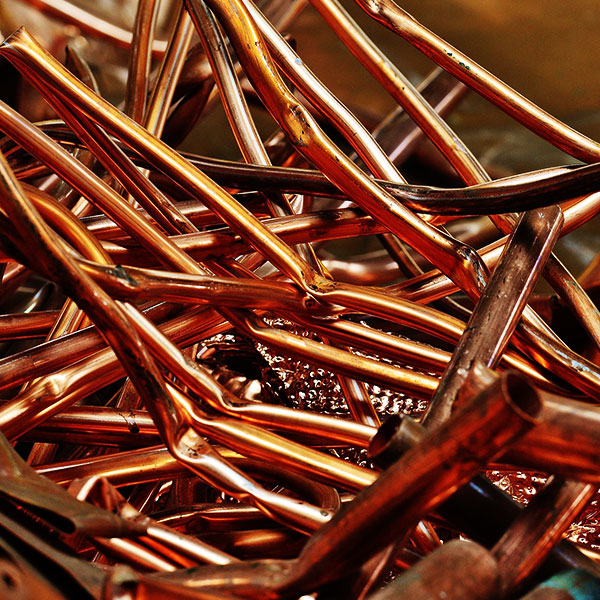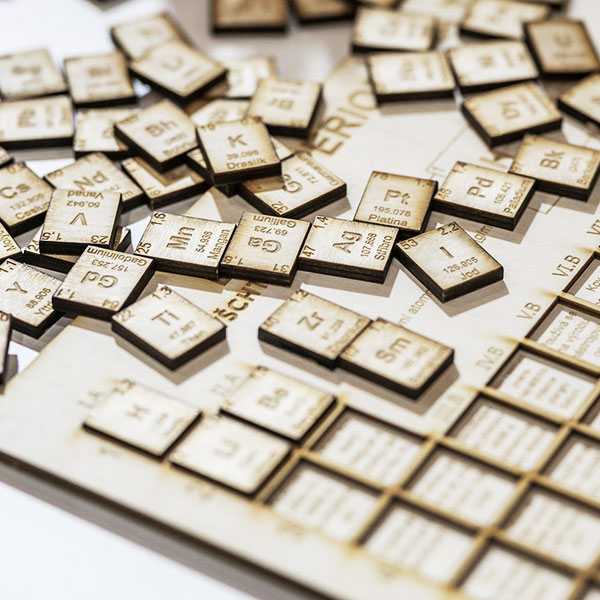Copper is a chemical element, a soft and malleable metal, atomic number 29 on the periodic table and is naturally a red/orange/pink colour. It has great thermal and electrical conductivity, meaning heat and electricity travel through it well. It’s the 25th most abundant element in the Earth’s crust. It is found quite easily in mines and also in minerals such as bornite, the ‘peacock ore’.
Copper creation in space and accretion of early earth
Being a heavier element than iron, copper is created in the blasts of a supernova. See my blog here that explains the evolution of chemical elements to understand the process.
Evolution of Chemical Elements
Copper would have ended up in the earth’s crust during the initial process of early earth accretion. The initial dust cloud that earth was created from would have had all the initial elements, and within there, copper.
Copper in evolving living organisms
As life evolved on earth, certain elements became essential to life. The human body for example is mainly made up of 6 elements: oxygen, carbon, hydrogen, nitrogen, calcium and phosphorus. Other elements became trace elements, like copper and iron, and eventually essential as organisms would have evolved to use them for certain chemical processes within the body. Copper is essential in aerobic respiration in all eukaryotes. See my blog here for the timeline of when eukaryotes evolved.
Evolution of Earth’s Geological Time Scale
In certain crustaceans, hemocyanin is a protein that exists in the blood. It is a blue compound of copper that helps to transport oxygen around the body. In humans, this is done by iron in haemoglobin.
For humans copper is found in the liver, muscles and bones. The adult body needs around 1.2 milligrams per day to help enzymes transfer energy in cells. Enzymes evolved to help to break up the various chains of molecules in order to release energy, in the most efficient way possible. Copper in excess however is toxic. There is an inherited disease called Wilsons disease which means the body can’t metabolise copper; it can’t get rid of excess copper in the body. The copper then builds up in the liver and other places, potentially causing life-threatening organ damage.
Neolithic period
Copper was the first metal to be shaped and smelted by humans, in the Neolithic period.
9000 BCE, copper discovered in the Middle East.
7500 BCE, there is evidence of cold working of copper in Anatolia.
4000 BCE, it was the first metal to be cast into a shape via mould.
3500 BCE, it was the first metal to be purposely smelted with another mental, tin, to make the alloy bronze.
3250 BCE, pigment of Egyptian blue was used, a synthetic pigment of calcium copper silicate.
2800 BCE, copper smelting in China.
600 BCE, copper smelting in Central America.
In Ancient Egypt, they used copper to sterilise wounds and drinking water, to treat headaches and burns. The doors of the temple of Amen-Ra in Karnak were also clad in copper. In Ancient India, copper was used in holistic medicine and medical equipment.
Smelting copper to create alloys
Smelting is a process to extract metals, which can then be mixed with other elements to create alloys. Alloys are created to achieve certain colours, improve strength and other properties that individual elements won’t have on their own.
Bronze is two parts copper and one part tin. This gave rise to the Bronze Ages that occur across the globe in ancient times, albeit at different times across the world zones. It is mainly used for architecture, instruments, sculptures and tools.
Brass is another alloy of copper but using zinc as the other element. It can be used for locks and hinges, zippers, plumbing, electric plugs and sockets.
Romans
The name of ‘copper’ was supposedly from Cyprus, where the in the Roman era the metal was mined. The symbol Cu also comes from here. They used copper as their money, in lumps of it. Ceaser had his own coins made from brass.
Other uses in the modern age
It is used in jewellery, mixed in with silver and gold. Commonly found in building materials such as pipe work and roofing. Copper oxidises when exposed to air and forms a green patina of compounds called verdigris. This is used very purposefully to get that green-blue effect on roofing and in the decorative arts.
The Statue of Liberty in the New York harbour is a modern day example of a copper sculpture. It was made in 1884 and sculpted from over 160,000 pounds of copper which converts to around 72 tonnes. Copper sculptures have been around for hundreds of years, more commonly from the alloys created using copper.
It is commonly used a pesticide, fungicide and algaecide as the boundary between safe and toxic amounts of copper for living organisms, is small. Copper is a constituent of tobacco smoke. The tobacco plant readily absorbs and accumulates heavy metals from surrounding soil to its leaves.
In Sweden, there is the Great Copper Mountain, which is a mine in Falun. It was operating from the 10th century to 1992. It was the nation’s treasury for many centuries. Sweden even had a copper backed currency. Currently, China accounts for over half of the demand of copper. There was also a copper mine in Chile where miners were entombed for 2 months before being rescued. This demonstrates the dark side of industry, digging even deeper into the earth’s crust for resources demanded by industry. This can cause catastrophe not just for humans but for the balance of resources on earth.





